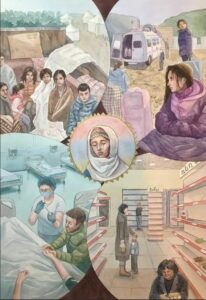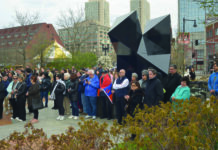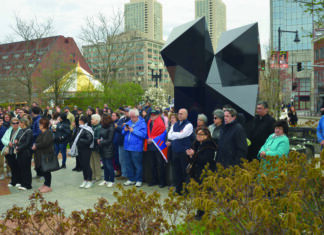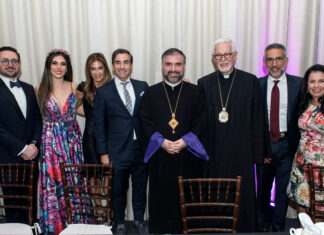By Sarkis Majarian
The name Panos Titizian is a familiar one, from Lebanon to America. He has been active for more than 60 years as a leader of the Democratic Liberal (Ramgavar) Party and the Armenian General Benevolent Union. In virtually that same period, he has contributed articles to the ADL, as well as independent Diasporan Armenian press, with totally unique interpretations and analyses of issues of concern to the Armenian people and internationally, particularly as regards Armenian-Turkish relations. Titizian recently visited New York and New Jersey, where he met with leaders of local institutions and organizations. This interview reflects his impressions of those meetings.
Sarkis Majarian: Mr. Titizian, what was the purpose of your recent visit to New York and New Jersey?
Panos Titizian: The visit was occasioned by my long-held intent to write my memoirs about my involvement in the public life of our nation. More accurately, through those memoirs, I wish to touch upon the important events having taken place mostly in Lebanon during the past 50-plus years, the role of a certain segment of the community in those events — a certain circle, which included the ADL Party, the AGBU and the neutral bloc. I was aware of the fact that if I didn’t undertake such an effort, it would be a great loss, first for me, and then for our circles. That’s because whatever isn’t put down on paper evaporates. I’m probably the last survivor among those leaders who have since passed on.
SM: The first step of the interview was taken. What do you have to say about that?
PT: Yes, that step was taken. The interview took place with my longtime friend, Hagop Vartivarian, at his home in New Jersey. The first part of our interview was devoted entirely to the sociopolitical environment of the Middle East, from the end of World War II down to the present. After all, it was the Middle East that served as the stage for the reestablishment and renaissance of our Diasporan-Armenian life.









